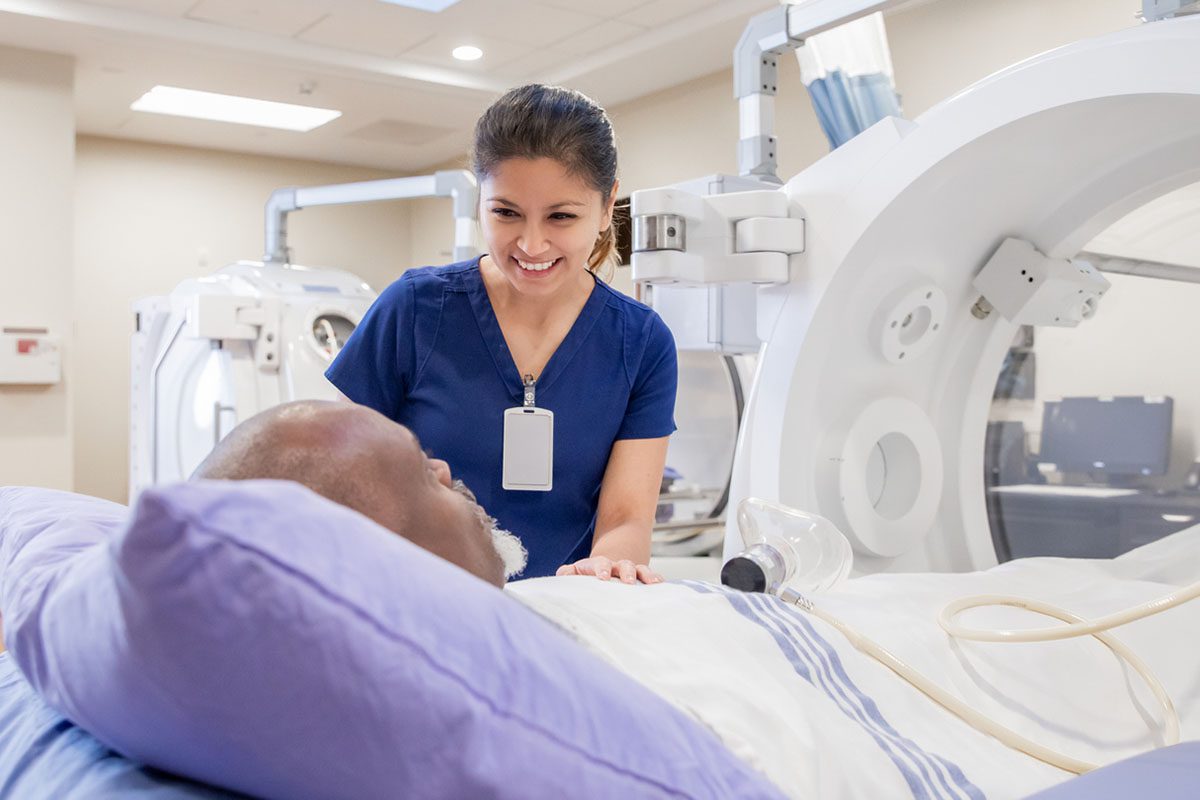Objective: We aimed to investigate the efficacy of 20 Hz repetitive transcranial magnetic stimulation (rTMS) of either right or left dorsolateral prefrontal cortex (DLPFC) as compared to sham rTMS for the relief of posttraumatic stress disorder (PTSD)-associated symptoms.
Method: In this double-blind, placebo-controlled phase II trial conducted between October 2005 and July 2008, 30 patients with
DSM-IV-diagnosed PTSD were randomly assigned to receive 1 of the following treatments: active 20 Hz rTMS of the right DLPFC, active 20 Hz rTMS of the left DLPFC, or sham rTMS. Treatments
were administered in 10 daily sessions over 2 weeks. A blinded rater assessed severity of core PTSD symptoms, depression, and anxiety before, during, and after completion of the treatment protocol. In addition, a battery of neuropsychological tests was measured before and after treatment.
Results: Results show that both active
conditions—20 Hz rTMS of left and right
DLPFC—induced a significant decrease in PTSD symptoms as indexed by the PTSD Checklist and Treatment Outcome PTSD Scale; however, right rTMS induced a larger effect as compared to left rTMS. In addition, there was a significant improvement of mood after left rTMS and a significant reduction of anxiety following right rTMS. Improvements in PTSD symptoms were long lasting; effects were still significant at the 3-month follow-up. Finally, neuropsychological evaluation showed that active 20 Hz rTMS is not associated with cognitive worsening and is safe for use in
patients with PTSD.
Conclusions: These results support the notion that modulation of prefrontal cortex can alleviate the core symptoms of PTSD and suggest that high-frequency rTMS of right DLPFC might be
the optimal treatment strategy.
J Clin Psychiatry 2010;71(8):992-999
Submitted: August 25, 2008; accepted March 12, 2009.
Online ahead of print: December 29, 2009
(doi:10.4088/JCP.08m04638blu).
Corresponding author: Felipe Fregni, MD, PhD, Berenson-Allen Center for Noninvasive Brain Stimulation, 330 Brookline Ave, KS 452, Boston, MA 02215 ([email protected]).
Continue Reading...
Members enjoy unlimited free PDF downloads as part of their subscription! Subscribe today for instant access to this article and our entire library in your preferred format. Alternatively, you can purchase the PDF of this article individually.
Please sign in or purchase this PDF for $40.00.
Already a member? Login




